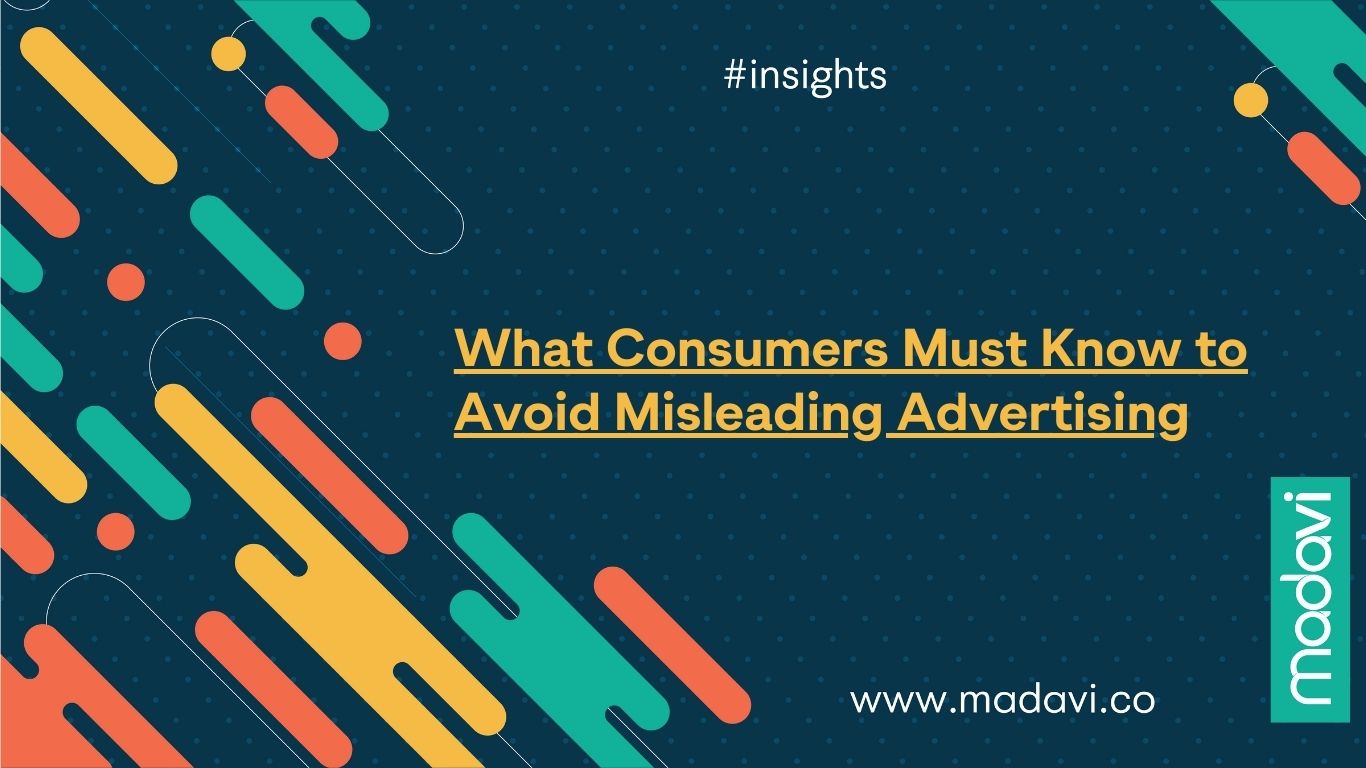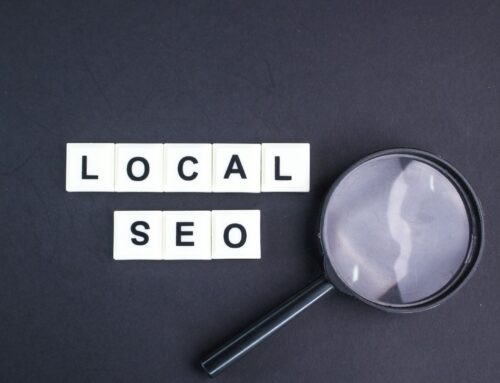Table of Contents
The age of the internet may be the best thing that happened to society because of its capabilities, such as increased business opportunities and growth. However, it has its downsides, in this case, misleading advertising. Business ethics warns against providing misleading information to target audiences.
However, data shows that a significant number of businesses still engage in the use of misleading information to draw the attention of target audiences and consumers. Therefore, as a consumer, you have to be watchful and stay alert to avoid being duped by such false advertisements of products or services.
What is Misleading Advertising
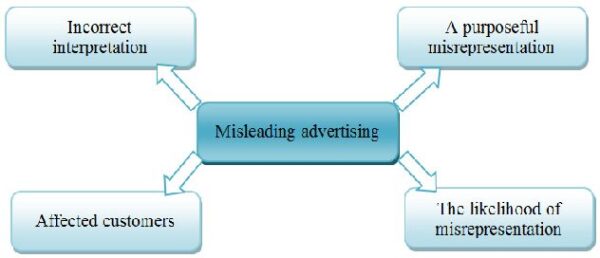
Misleading advertising refers to the provision of content on the websites, catalogues, ads, and social media with information that is false. It can be something as simple as advertising a product that is a different color from that which the business sells.
In some cases, this is referred to as a false impression or claim. It is a serious business offence addressed under consumer law that warns against providing target consumers and audiences with deceptive information or leaving out important information when telling them about a product.
Why is Knowing about Misleading Advertising Important for You as a Consumer
You may wonder why I am passionate about addressing this topic. First, as some in the marketing space, the pressure to increase sales is high. Nonetheless, here is my main reason from a consumer’s perspective: I have been a victim of misleading information, where a product I saw being advertised, and purchased as a result, was far from what I received. This is the ‘what you order versus what you get” narrative that I am sure you have come across on social media if you are an online shopper.

As a consumer, the feeling of being duped stays with you because you have wasted your resources, not to mention the general disappointment for not getting what you really longed for, probably for some time if it is something expensive and you had to save up.
Your reaction? You will likely leave a negative review, unfollow them on social media, and share with others your negative experience as a way of warning them or just ranting.
What if I told you there are things you can do to avoid becoming a victim of misleading advertising, especially on the internet? As I will explain later, there are many factors that increase your exposure to false or misleading advertising, one of them being consumer ignorance. Therefore, it is important to understand how misleading advertising works and how you can steer clear of becoming duped.
Characteristics of Misleading Advertising
Advertising is an ever-growing and ever-evolving space. As such, it is important for people in the industry to be agile and equally adapt or risk being phased out. This has resulted in the emergence of different techniques to get their products and services in front of audiences. Unfortunately, providing misleading information to increase clicks and sales is one of the techniques they use.
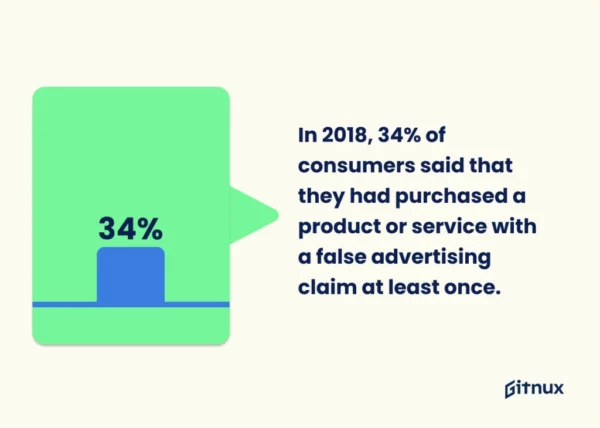
Misleads the Average, Reasonable Person
One core characteristic of misleading advertising is its probability of misleading the reasonable average consumer. The misinformation, whether in the form of audio, visuals, or text, causes the consumer to make a purchase. These are based on an interpretation of common consumer protection laws, which ensure that advertisers do not use deception to market their products. Instead, they are required to use fair communication with their target audiences.
Uses Ambiguous or Confusing Language
The identified characteristics of misleading advertisements often emerge in the form of the use of confusing or ambiguous language, hiding drawbacks, exaggerating benefits, and making false claims. The laws guarding consumers against such are fundamental. This is because some products, for example, those used as medications, can cause serious harm if advertised in a misleading way.
An element as simple as hiding the drawbacks or not mentioning them all can be detrimental to consumers. Hence, the need to be aware of this concept and its potential repercussions increases. Therefore, it does not have to be about the financial losses that consumers incur. The harm, whether physical or psychological, that misleading advertising of certain products or services causes is also worth paying attention to and addressing.
Reasons Businesses Use Misleading Advertising
Businesses choose to use misleading advertising for different reasons. As already mentioned, the marketing or advertising world has significantly evolved, and the competition is high, forcing advertisers to keep up.
Social media
Social media is one of the key reasons for the rise in false advertising. There is an exponential growth in social media use across the globe, causing the massive transition of ads to various social media platforms.
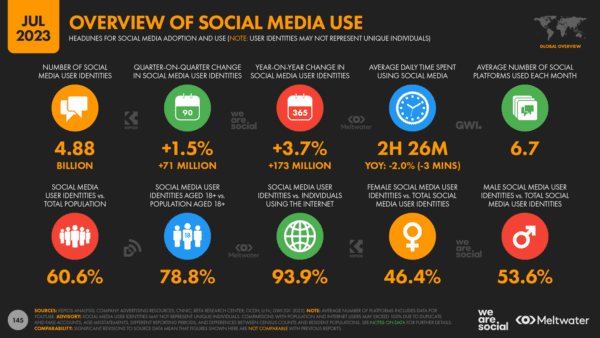
According to 2023 reports by Truelist, ads on Instagram can reach 1.3 billion users, while Facebook alone drove over $25 billion in advertising revenue in the first quarter of 2021. At the same time, half of the audiences that watch ads ignore those on traditional media, such as television, unless they consider such ads relevant.
Simply put, the advertisement space has transformed, with social media channels being the latest trend that advertisers use to reach wider audiences. While using social media, these advertisers also have to draw and maintain the attention of their audiences through how they sell the products.
Amidst all the information that is always calling for the attention of their target audiences, it can be tempting for advertisers to use misleading information, such as exaggerating the benefits of a product. Using this technique has a high probability of increasing users’ engagement with their products or sales. However, this outcome is often short-lived as the consumers will soon realize that the products are not as advertised.
Influencers
Increased social media use has also resulted in the reliance on influencers to help businesses advertise their products. Today, the social media marketing strategy of many businesses involves relying on influencers to drive sales and increase brand awareness.
These influencers are people with a huge fanbase consisting of potential consumers. Hence, businesses get into agreements with them to sell products or services at a commission for each sale or other metrics used.
Due to this pressure, certain influencers may resort to the use of misleading advertising to convince their fans to purchase products. These influencers often have the option of turning off negative comments to bar the rest of their audiences from viewing them to protect the reputations of the brands they work with. Therefore, a consumer must be very cautious when purchasing a product or service based on the views of an influencer.
Competition
The advertising world continues to expand, with a projection of a 10% growth in the overall employment of marketing and advertising managers between 2020 and 2030. Further, the main reason people advertise is to stay competitive by increasing brand awareness, getting new customers, increasing sales, and earning more revenue, among other metrics.
Meeting these goals can put a lot of pressure on advertisers and prompt them to even use unscrupulous ways. This is where they choose to exaggerate the benefits of a product or service while failing to mention its downsides. It often works for as long as their customers do not realize the trick or complain about being duped, causing their businesses to remain competitive.
How to Avoid Being a Victim of Misleading Advertising as a Consumer

Do a Lot of Research
Contemporary consumers are assumed to be well-informed for many reasons, including having access to the internet and, therefore, can seek information about a product, read reviews left by others who have used a product, and read and understand the uses of a product, among other reasons.
As a consumer, you should engage in thorough research, and possibly consider all these dimensions before making a purchase. The need to consider all these elements stems from the pattern of goal shielding. This refers to focusing on one goal without considering the available alternatives, an example being the focus on the uses of the product without considering other people’s experiences with it.
As a result, you may become more vulnerable to misleading advertising. Thus, it is usually advisable to assess all possible deceptive advertising tactics to become more vigilant through in-depth research. This may take a lot of time, but it is worth it in a world filled with false ads.
Always Rely on Reviews and Make Your Own Evaluations
The internet has made it easy for people to communicate virtually and discuss various issues affecting them. For this reason, it is easy to find or ask for reviews of a particular product or service before engaging in a transaction. There are people who will always be willing to narrate their experiences with a brand or product.
You should adopt the habit of seeking such information for yourself, especially when it is not provided. Even when it is provided, brands will likely promote only positive reviews, making it important to conduct your own due diligence to guard against misleading advertising.
Consider the Reputation of the Brand You Are Making a Purchase From
Relying on reviews and own research helps you know whether the brand you are yet to transact with is a good one. There are famous brands, which will less likely use misleading advertising due to the extent of damage it may cause to their reputation and, by extension, their competitiveness and sustainability.
However, most of the brands we interact with are small, just starting, or local. As a result, they may get away with misleading advertising, particularly if the customers are ignorant of this issue. Hence, you should be responsible for your own level of awareness of the brand you engage with to avoid falling victim to their deception.

In other words, before making a purchase, make your own judgment accurately, by seeking, understanding, integrating, and evaluating information about a product and a brand before making a purchase. Following these steps will help you develop a form of skepticism or vigilance that will protect you from the harm of misleading advertising.
Conclusion
Misleading advertising is common today as businesses try to stay afloat in their various highly competitive environments. This makes it easy for you to fall victim, which can have varied negative consequences, whether financial losses or the physical and psychological effects of getting substandard products and services.
The good news is that you can counter misleading advertising and protect yourself. This article has expounded on the core elements of misleading advertising that you should know about to develop the necessary amount of vigilance to avoid being a victim of the vice, including the steps to take to ensure the credibility of the information you are consuming from ads.
Regulations exist to protect consumers against misleading advertising. However, many brands have found ways to circumvent these regulations, calling for the need for you to become cautious for your own sake. The ideas mentioned may not be exhaustive but are comprehensive enough to help you critically evaluate messages in online advertisements and make better purchase decisions.


